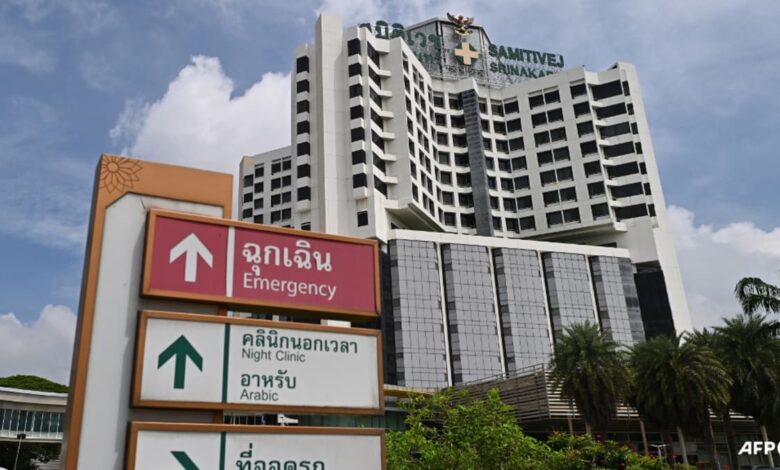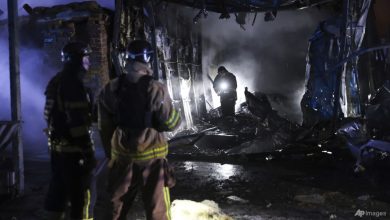‘Can’t move their body as usual’: Some SQ321 passengers left Thailand in air ambulances, doctor says

SQ321 was on its way from London to Singapore, and was over the Irrawaddy Basin in Myanmar when “rapid” G-force changes wreaked havoc in the cabin. Passengers and crew were thrown up to the ceiling of the plane before falling back down.
One British passenger, Mr Geoff Kitchen, 73, died on board, likely because of a heart attack, while others suffered brain and spinal cord injuries.
The day after the incident, 58 passengers were warded in three hospitals, including 20 patients in the ICU.
At that time, five Singaporeans from the flight, including two in ICU, were receiving treatment in Thailand.
CNA understands that Mr Bobby Chin, a former member of the Council of Presidential Advisers, was hospitalised in Bangkok, but is safely back in Singapore.
One patient, likely Singaporean, was still warded in Bangkok Hospital as of 12pm on Jun 5, according to a post on Samitivej Hospital’s Facebook page. An earlier update said two Singaporeans were previously warded in that hospital.
None of those who are still warded in Thailand are in the intensive care unit (ICU), said Dr Saran.
“I assume that maybe a week or not more than two weeks from now, the (patients), all of them, can … go back home,” he said.
LONG-TERM EFFECTS
Nearly half of the patients who were treated at Samitivej Srinakarin Hospital sustained spine injuries, and nine needed emergency surgeries in the first 24 hours after arriving in Bangkok.
The most complicated case that the hospital dealt with was one patient who had to undergo multiple surgeries because the patient’s symptoms changed after the first operation.
Dr Saran said it is “hard to say” whether patients will suffer from long-term effects such as paralysis or chronic pain.
“We have some equipment, some machines that can support and help the patient to go back to have daily life activities as (they had) previously,” he said.
None of the patients suffered a complete spinal cord injury, he said.
In such a situation, there would be “no way to go back”.
According to Johns Hopkins Medicine’s website, a complete injury means there is no movement or feeling below the level of the injury.




